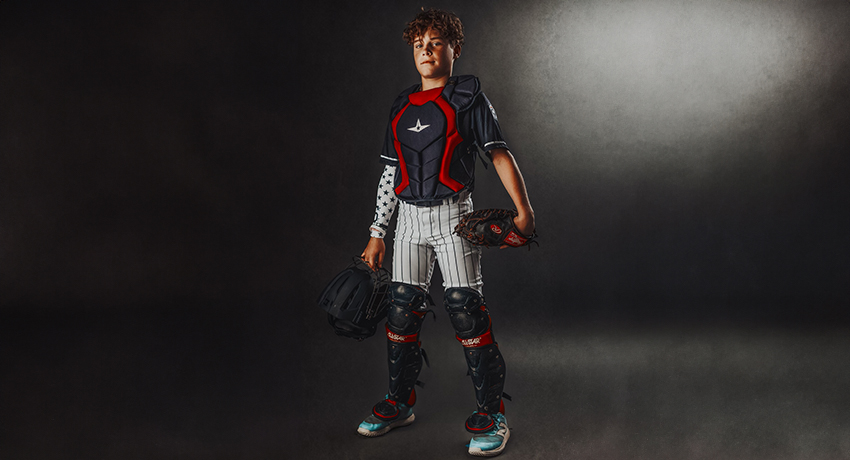Cole Yockey had an unforgettable 12th birthday weekend but not in the traditional sense. He and his five closest friends were riding ATVs at the family ranch outside El Campo, Texas, and making one last run before heading back to Houston. After making a sharp turn, Cole and two friends were thrown from the ATV. Cole’s head hit a tree, and he wasn’t wearing a helmet.
His mom, Beth, recalls two of his friends suddenly running up to the house yelling that Cole had an accident. “Is he dead?” she asked. The boys just looked at each other and didn’t say anything.
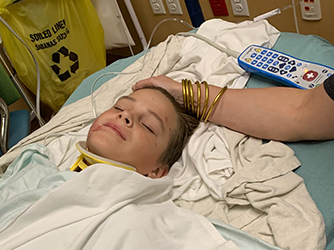
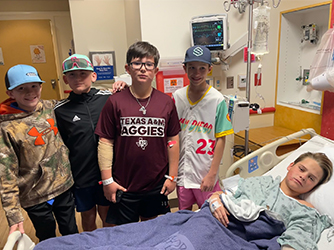
Cole was alive but had lost consciousness and wasn’t responding. It took flight paramedics an hour to stabilize Cole after he regained consciousness. He was then moved to a hospital in Houston.
The emergency department determined he had a concussion and admitted him for treatment.
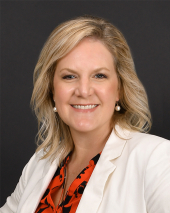
“What makes concussions unique is that no two are alike,” said Summer Ott, PsyD, director of the UTHealth Houston Concussion Program and neuropsychologist at UT Physicians Orthopedics at Memorial Hermann | Rockets Orthopedic Hospital. “Unlike other sports injuries that follow predictable patterns, concussion recovery can vary significantly from person to person. The severity of initial symptoms doesn’t always predict the recovery timeline.”
It was a scary time for Cole’s family. He slept a lot after he was released from the hospital, but the medical team reassured his parents it was normal.
“You can hear that as many times as you want, but as a parent, when your child sleeps for four days, that’s hard,” Beth said.
A positive improvement
On the fourth day, Cole took a turn and started asking questions. He was confused, and Beth realized he had no memory of the accident and the days following. The last thing he remembered was fishing with his friends two hours before the accident.
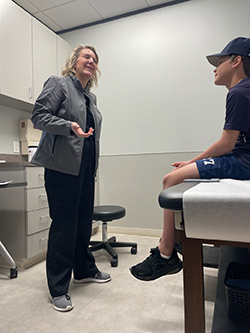
Doctors referred the family to Ott, and Cole showed remarkable improvement at his first visit, a week after the accident. The dizziness, balance issues, and headaches that had troubled him were subsiding. However, he was having difficulty remembering some things and still experiencing confusion.
Ott completed a physical exam of Cole, as well as a balance assessment and cognitive performance assessment. He did well on all of them.
“Cole was eager to get back to playing baseball, because he thought there wasn’t anything wrong with him,” said Ott, associate professor of orthopedic surgery at McGovern Medical School at UTHealth Houston. “He didn’t know everything mom and dad had viewed at the accident scene.”
Navigating the concussion treatment journey
For Cole, a talented baseball player longing to return to his sport, the path forward required patience and a structured approach. His medical team developed a careful plan to ease him back into normal activities — from screen time to schoolwork to sports.
Part of Ott’s role with families is to let them know she understands the challenges. She said seeing a child out of their element or out of the sport they love is tough. Ott has personally experienced it with her child.
“I think being a mom has probably made me a better doctor,” Ott said. “In the case of Cole, I could see the fear on his parents’ faces at the first visit. I recognize that with families, provide lots of reassurance, and validate their feelings.”
Beth said Ott took her time answering their questions, even if they asked them four times differently.
“Dr. Ott was amazing and just calmly reassured us,” Beth said. “She made a great plan for Cole to return to baseball, his life, school, and friends. I still get emotional because it hasn’t even been a year yet.”
Back to school and baseball
Cole’s return-to-school plan included accommodations such as extra time for assignments and carefully spaced medical assessments. The family alerted teachers to watch for signs of cognitive fatigue, as sometimes symptoms don’t appear until a student faces the full mental demands of a school day.
“Getting back to school was really hard because I couldn’t focus,” Cole said.
The family’s dedication to following medical guidance paid off. Within two weeks, Cole was symptom-free and cleared to return to normal activities. Baseball was a more gradual return, with Cole’s father taking on the unexpected role of an athletic trainer. With guidance from medical professionals, he helped implement a day-by-day plan to gradually return Cole to physical activity and eventually to baseball.
Ott said this careful progression was crucial, especially in youth sports where formal concussion treatment protocols might not be as established as in professional leagues.
“You can’t be half-healed,” Ott said. “You want the patient to be back to themselves in several different domains. If they get hit in the head again while they’re still having cognitive deficits, they probably will get worse.”
Positive results
Ott said Cole’s case illustrates that while concussions require serious attention and careful management, young athletes can make full recoveries with proper care and patience.
Beth calls it a miracle and proudly shares some of Cole’s impressive accomplishments after the accident: being inducted into the National Elementary Honor Society, playing saxophone in the band, and making the All-Star Baseball team and seventh grade football A team.
“He sat out of baseball four weeks, played through the season, and then made the All-Star team,” Beth said. “He’s doing so well, and we owe a lot to Dr. Ott and the medical team who were so supportive.”
Research shows that people are more prone to concussions once they’ve had one. Ott had no concerns with Cole beginning seventh grade football following his concussion.
“Dr. Ott released him and said he’s good to go and live his life,” Beth said.

